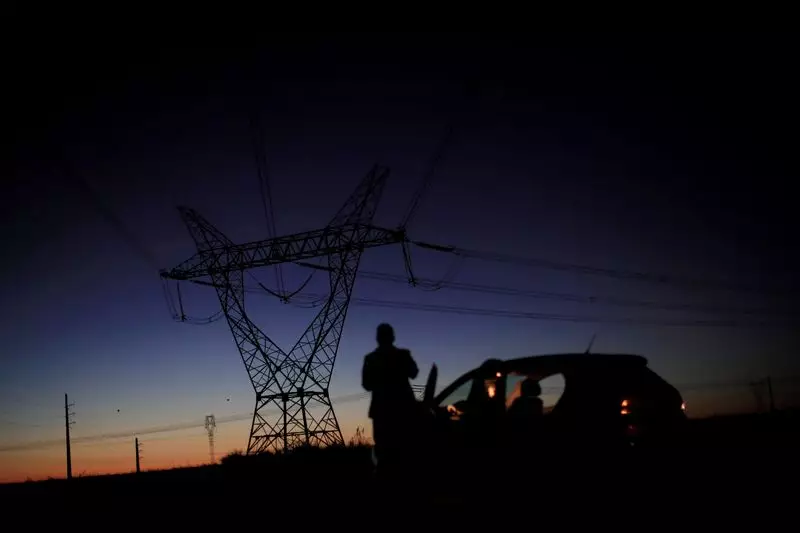The energy sector in Brazil is facing challenges due to a drop in reservoir levels at hydroelectric plants. Despite the growth of wind and solar power, more than half of Brazil’s power supply still depends on hydroelectric plants. This has led to the implementation of a pricing system by the local power regulator, Aneel, which includes different levels such as “green”, “yellow”, “red level 1”, and “red level 2”.
In September, Aneel announced that it will activate the “red level 2” rank, which means that Brazilians will have to pay an additional 7.88 reais ($1.40) for every 100 kilowatt-hour of power consumed. This decision comes as a result of below-average rainfall forecasts in Brazil’s main hydroelectric areas, forcing power generators to rely more on thermoelectric plants, which are more expensive to operate.
This increase in electricity prices will have a direct impact on consumers’ bills, leading to higher costs for households and businesses alike. It also raises concerns about inflation in the country, as additional tariffs are gradually implemented under the “yellow” and higher levels of the pricing system. The activation of “red level 2” in September marks the first time since August 2021 that such a measure has been taken, highlighting the severity of the situation.
The reliance on thermoelectric plants not only has financial implications but also environmental consequences. These plants are known to be more polluting and less sustainable compared to hydroelectric plants. The shift towards thermoelectric plants due to the drop in reservoir levels raises questions about Brazil’s commitment to renewable energy sources and climate change mitigation efforts.
The increase in electricity prices in Brazil reflects the challenges faced by the energy sector and the country’s vulnerability to climate-related risks. As the reliance on hydroelectric plants continues to pose threats to the stability of the power supply, it is crucial for Brazil to diversify its energy sources and invest in sustainable alternatives. The activation of “red level 2” serves as a reminder of the urgent need for long-term solutions to ensure affordable and reliable electricity for all.

